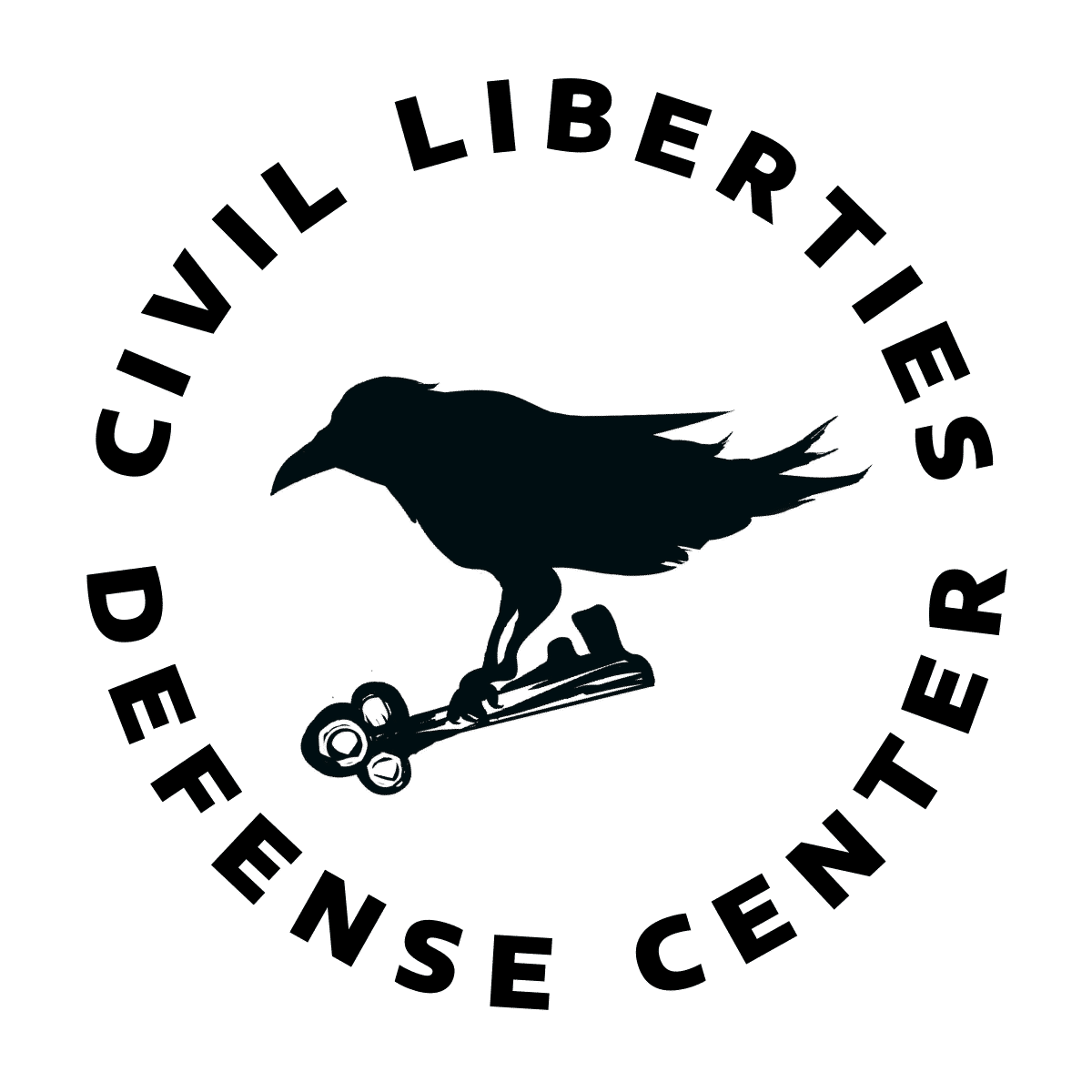100 years ago this week, on May 31 and June 1, 1921, mobs of white residents, many of them deputized and given weapons by city officials, attacked Black residents and businesses of the Greenwood District of Tulsa, Oklahoma, from land and air. The white mob destroyed more than 35 square blocks of an area that was at that time the wealthiest Black community in the United States, known as “Black Wall Street.” Eight hundred people were admitted to hospitals, and as many as 6,000 Black residents were interned in large facilities — many of them for several days. Approximately 10,000 black residents were rendered homeless. Appallingly, the dead were dumped into mass graves, with the exact number of deaths unknown, but estimated in the hundreds.
Although usually characterized as an assault by private citizens, according to the Oklahoma Historical Society some in the mob were deputized by police and instructed to “get a gun and get a (anti-Black expletive.)” The State-sanctioned mob came in response to a small number of armed Black men showing up at the courthouse to protect a young Black man falsely accused of touching a white woman in an elevator.
In addition to shooting Black people in the streets of Greenwood, and setting fire to businesses and homes, the mob and law enforcement used at least a dozen airplanes to drop burning turpentine balls and other firebombs on buildings and fleeing families, shooting from the air where the firebombs weren’t sufficient to obliterate the survivors. Although the planes were privately owned, law enforcement officials admitted participating, falsely stating that they had used the planes to provide reconnaissance and protect against a “Negro uprising,” and evidence indicates police were aboard at least some flights.
One year ago this week, on May 31, 2020, the City of Eugene, like so many cities in the U.S., sent squads of military-style troops into the streets to shoot at peaceful protesters and people on their porches with 40mm so-called “less lethal” shoulder launchers (accurate up to 120 feet.) Marauding around the city, the troops also bombarded residents and the media with tear gas and pepper ball projectiles, and rounded up and arrested anyone within reach; people taking a knee for George Floyd, jail support volunteers, and even those who were simply trying to leave the suddenly-declared downtown curfew area to get to their homes or other safe locations. With five minutes’ notice, the police also expanded the downtown curfew to be citywide, meaning even someone who was taking out the trash was suddenly in violation of an unconstitutional city declaration.
Although 99 years apart, these events are two data points on an unbroken thread of racism that binds the United States to its colonialist roots. Both events demonstrate that the merest hint of Black people banding together to protect themselves, their communities, or their culture (sometimes in the context of multiracial solidarity) is met with the brute force of the State, including any level of militaristic assault that is at law enforcement’s disposal at the time. The May 1985 police bombing of the Philadelphia-based Black radical organization MOVE, was not a shock to those who remembered Greenwood. As with Greenwood, and the State response to the Movement for Black Lives, the police consistently downplayed and rationalized their outrageously violent actions. In fact, the Philadelphia police referred to the bombs dropped on the MOVE home as “entry devices.”
The six adults and five children, John Africa, Rhonda Africa, Theresa Africa, Frank Africa, Conrad Africa, Tree Africa, Delisha Africa, Netta Africa, Little Phil Africa, Tomaso Africa, and Raymond Africa, who police killed in the MOVE police bombing, and the residents of the 65 nearby homes that were destroyed, received some monetary compensation from juries, but no amount of money could ever undo this horrific, targeted act of deadly State violence. The residents of Greenwood and their descendants, including a 105-year-old survivor, Lessie Benningfield Randle, are currently litigating a historic lawsuit that seeks abatement of the ongoing nuisance caused by the destruction of their homes and businesses, as well as disgorgement of profits that local whites have enjoyed due to the misappropriation of Black lives, businesses, and stories (the most recent being a “Greenwood Rising” tourist attraction.)
Though there can be no real comparison to these horrific mass killings of Black people — which cannot be forgotten — police continue to respond with brutality whenever Black communities make any show of self-protection or a militant critique of the racist carceral State. Currently CLDC is engaged in litigation seeking to challenge the Eugene Police Department’s and its employees’ hateful violence. To date we have favorably settled claims for two of the people viciously attacked by the EPD last summer, during the uprising for Black lives, and we will keep you posted about the remaining claims as they proceed.

